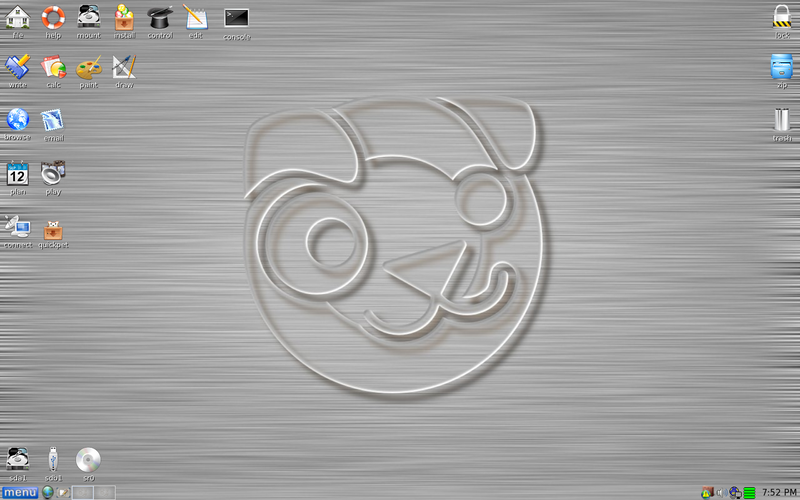I've tried several things such as the cmd prompt rd /s on it and it just says cannot find the file specified, and I've tried ccleaner and essentially the same happens.
The folder has maybe 400mb inside
How can I delete it for sure

Need help with your computer or device? Want to learn new tech skills? You're in the right place!
Geeks to Go is a friendly community of tech experts who can solve any problem you have. Just create a free account and post your question. Our volunteers will reply quickly and guide you through the steps. Don't let tech troubles stop you. Join Geeks to Go now and get the support you need!









Hi, I want to delete a folder in my External hard drive and it has what seems to be an endless loop of Empty\recycled\empty\recycled etc etc
I've tried several things such as the cmd prompt rd /s on it and it just says cannot find the file specified, and I've tried ccleaner and essentially the same happens.
The folder has maybe 400mb inside
How can I delete it for sure


0 members, 0 guests, 0 anonymous users







Community Forum Software by IP.Board
Licensed to: Geeks to Go, Inc.